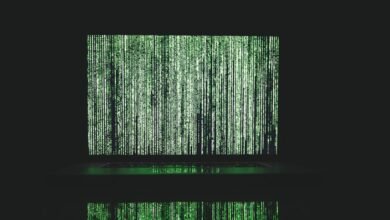Call Trace Summary: 2819255000, 2819403748, 2819686312, 3016051159, 3016794034, 3017153022

The call trace summary for the numbers 2819255000, 2819403748, 2819686312, 3016051159, 3016794034, and 3017153022 presents a detailed analysis of user communication patterns. Examination of call frequency and origins reveals notable trends and potential spam activities. Understanding these patterns is crucial for improving customer service and network operations. The implications of this data raise important questions about user engagement and security measures in telecommunications. What insights can be further uncovered?
Overview of Call Trace Summaries
Call trace summaries serve as critical analytical tools within telecommunications, providing a detailed account of call events.
They offer insights into call patterns and number trends, enabling users to discern behavioral anomalies and communication habits.
Analysis of Specific Numbers
When examining specific numbers within call trace summaries, analysts can uncover patterns that reflect both user behavior and network performance.
The analysis of number patterns indicates potential correlations between call origin and frequency of usage. By identifying these trends, analysts can provide insights into customer engagement and service reliability, ultimately contributing to a more refined understanding of telecommunication dynamics and user preferences.
Tips for Identifying Spam Calls
Identifying spam calls has become increasingly important as patterns of user behavior and network performance evolve.
Effective spam call detection requires awareness of common tactics used by scammers, such as unfamiliar numbers or urgent requests for personal information.
Utilizing call blocking techniques, including apps and service provider features, empowers users to manage unwanted communications, enhancing their autonomy and safeguarding their privacy in a digital landscape.
Conclusion
In conclusion, the call trace summary serves as a crucial lens through which user communication behaviors can be examined. The patterns unveiled by the analysis of the specified numbers not only illuminate engagement levels but also highlight potential spam activities lurking in the shadows. Armed with this knowledge, users can navigate their telecommunications landscape with greater awareness, turning the tide against unwanted intrusions. Ultimately, understanding these dynamics fosters a more secure and efficient communication environment for all.





